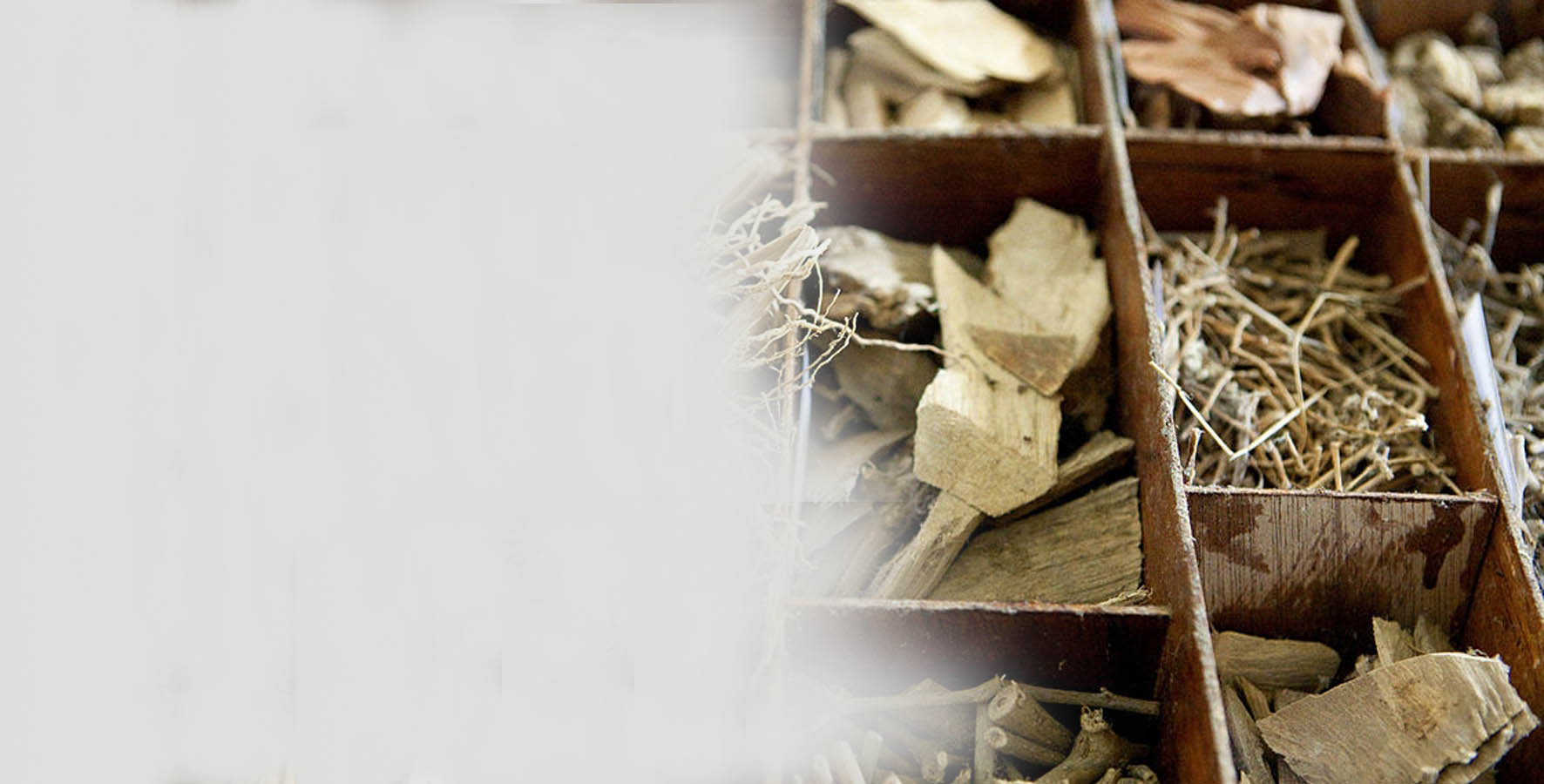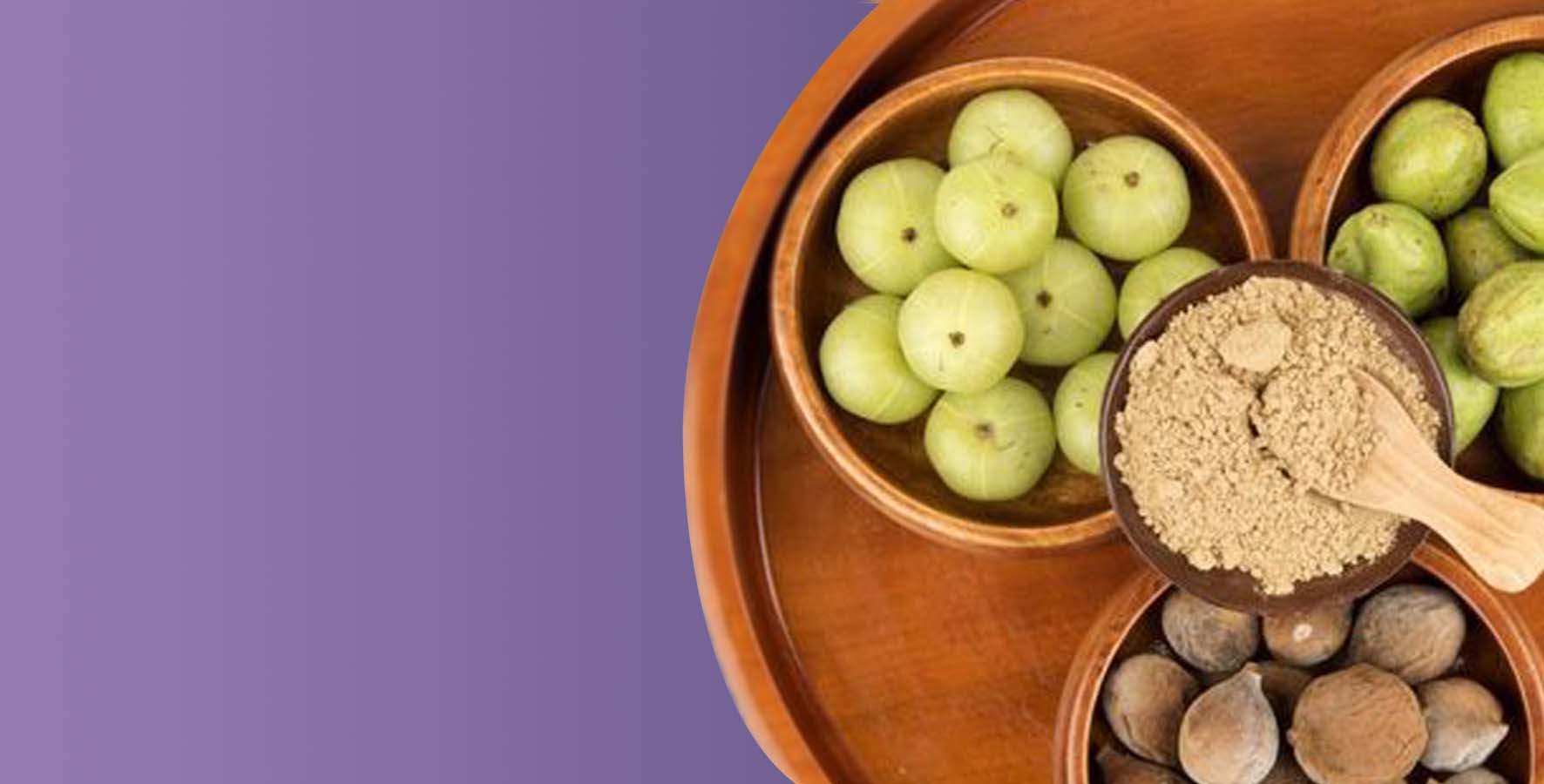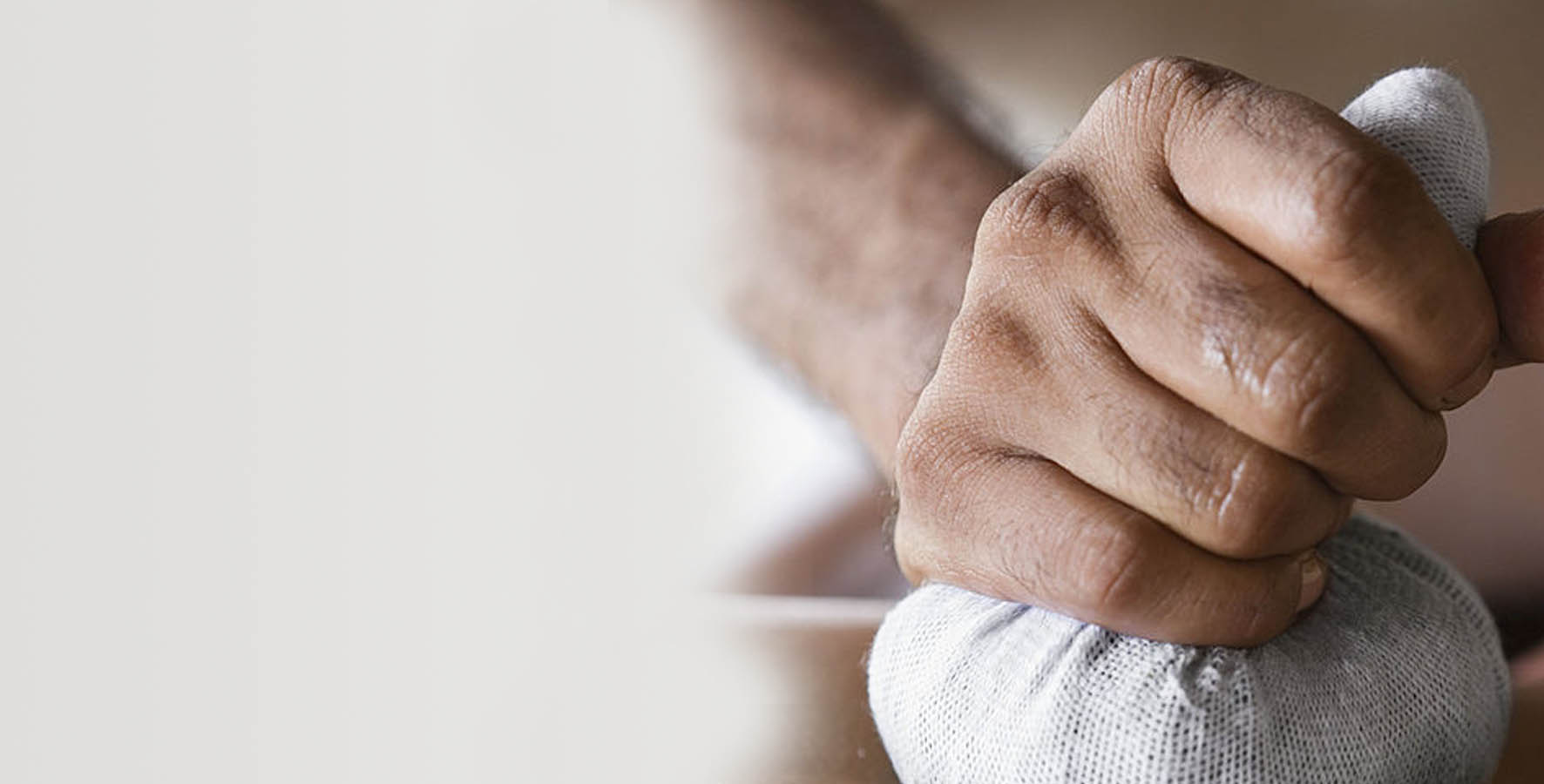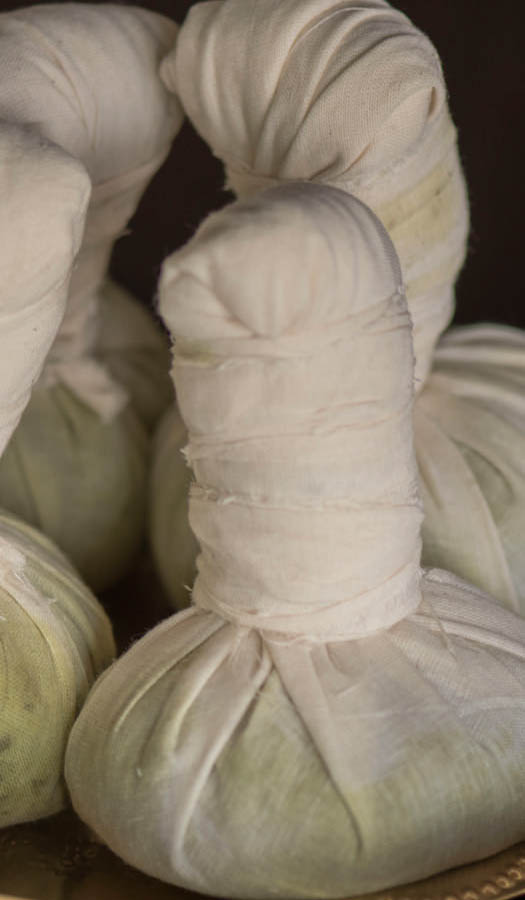
Panchakarma process includes three parts namely
Poorva Karma (Pre Detox Measures)
This cleansing and rejuvenating program is for the body, mind and consciousness; it includes three main parts namely:

1.Paachan (Digestion)
Stimulating digestive juices are agents that directly stimulate Biofire (Agni) it allows the undigested food to be processed without stimulating digestive enzymes. The administration of digestants and stimulating digestive juice is a vital aim of Panchakarma treatment. digestants and digestive juice stimulants are Arka vati, Agnitundi vati, Panchakoladi churna,Hingwashtak churna, Pippalyadi ghrita, Dashmoolarishta.
Any of this preparation is generally administered for 3 to 7 days, depending on the person’s age, disease, and condition After that one can see satisfactory signs and symptoms such as improved in appetite, feeling of thirst, feeling of lightness in the body and well-formed stool without any mucus.
2.Snehana (internal and external oleation)
Any procedure of composition that increases the availability of lubricants or generates lubrication externally or internally in the body is called “Oleation therapy”. It is generally used as an independent therapeutic procedure for disorders of vata and also for the preparation for Panchakarma treatment.
Snehan can be administered externally by applying medicated oil materials on the skin or internally through ingestion, enema, or nasal route. In external application of oil is massage on the skin, to the scalp, on the feet, oil as eardrops and by holding oily material in the mouth for a few minutes are performed. In Snehan the oily materials may be of animal (dehydrated butter, animal fat, bone marrow, fish oil) or vegetable origin (sesame oil and mustard oil).
3.Swedana (Fomentation)
Swedana or steam therapy is also known as “sudation therapy” in Ayurvedha it is processes of performing sweating by variety of methods. It is given to liquefy oleate toxic materials which are spread throughout the body and to direct them through the alimentary canal for removal of any of the four cleaning procedures. Swedan is given after Snehan and proceeds by Vamana (emesis therapy) in the sequence of Panchakarma treatment.
Pradhan Karma

1.Vamana (emesis therapy)
It is performed to stabilize the vitiated doshas by removing accumulated toxins through methodically induced emesis. Vamana Detoxification is generally suggested in diseases involving mainly to kapha doshas. The Therapy Vamana (vomiting) is also given to a person with chronic cold, diabetes, chronic indigestion, edema and lymphatic congestion
2.Virechana (purgation therapy)
When excess Pitta is accumulated in liver, small intestine and gallbladder it tends to result in acne, skin inflammation, rashes and other aliment such as biliary vomiting, nausea, jaundice and chronic attacks of fever. Ayurvedic text suggests that this condition can be administrated by therapeutic purgation. In Virechana therapy the vitiated doshas and toxins can be removed through purgation.
3.Vasti (enema therapy)
Vata’s Principal site is the colon generally we called the large bowel or large intestine. Vasti is performed for removing the body’s toxins and to stabilized vitiated doshas. It is performed by introduce of medicated liquids or oils through the urethra, anus, or vaginal canal.
Vasti therapy is the most effective treatment for the disorder of Vata. Various aliment such as arthritis, rheumatism, gout, muscle spasms, headaches abdominal distention, kidney stones, cold disorders, constipation, chronic fever, sexual, heart pain, sciatica, backache, and other pains in the joints is relieved by this therapy
4.Nasya (errhine therapy)
The nasal administration of medication is called Nasya this detoxification method is also known as “Shirovirechana” in Ayurvedha. Ayurvedha text refers that the nose is as a gateway to the brain. The vitiated doshas and toxins that are accumulated in the head and neck are expelled through nose and mouth along with nasal and oral secretions.
5.Raktamokshana (therapeutic bleeding)
The accumulations of toxins material in the gastro-intestinal tract are absorbed into the blood and circulate throughout the body. When these metabolic waste products are not removed properly the free radicals produced by them may result in hypertension, repeat of infections, and other circulatory conditions.
Bloodletting procedures can be done in two ways
1. Bloodletting with Instruments:
- In Ayurvedha it is called as “Siravedha” bloodletting procedures can be done with various different ways it can be done with the help of the needle. Some doctors also perform venesection but bloodletting with the needle is very simple, safe and easy method that can be done anywhere without any surgery.
2. Bloodletting without Instruments:
- This treatment is also known as Leech application. In this treatment small amount of impure blood is removed from a vein to purify the Pitta. This treatment enables to remove toxins material and neutralized the free radical it even cures blood born disorders.
Paschat karma (post detox measures)

Pashchat Karma
Throughout the Panchakarma treatment a strict diet and lifestyle procedure has to be followed. The “Paschat Karma” treatment is a rehabilitation procedure to bring back the diet and lifestyle to normal. It is a stage at which digestion power is brought back to normal. is given that is called as Rasayanadi karma.
Samana Prayoga
Throughout the Panchakarma treatment a strict diet and lifestyle procedure has to be followed. The “Paschat Karma” treatment is a rehabilitation procedure to bring back the diet and lifestyle to normal. It is a stage at which digestion power is brought back to normal. is given that is called as Rasayanadi karma.
Depending on each individual’s condition, one or more of the treatments mentioned below are prescribed.
Elakizhi
Therapeutic massaging with warm pouches containing different herbs and medicinal leaves. This helps reduce inflammation in the body and to strengthen muscles
Narangakizhi
Therapeutic massaging with warm pouches containing lemon, leaves and herbs
Dhanyakizhi
Therapeutic Massaging with pouches made with grains
Njavarakizhi
Application of medicinal rice gruel contained in a pouch over the body. This will strengthen the muscles, skin, bone and joints
Njavaratheppu
Application of medicinal rice paste. This treatment is more penetrating and is given for those who cannot take Najavarakizhi
Pizhichil
Pouring of lukewarm oil on the body
Ksheeradharaa
Pouring of medicated milk on the forehead, body or both
Kashaya dharaa
Rhythmic pouring of medicated milk all over the body using a traditional vessel called kindi. This helps to pacify the dosha imbalance.
Thalapothichal
Application of medicated paste on the head. This treatment helps to calm the mind and is helpful in getting good sleep. With the right herbs, it is good for the hair also
Thakradharaa
Pouring of medicated buttermilk over the forehead in a continuous stream


